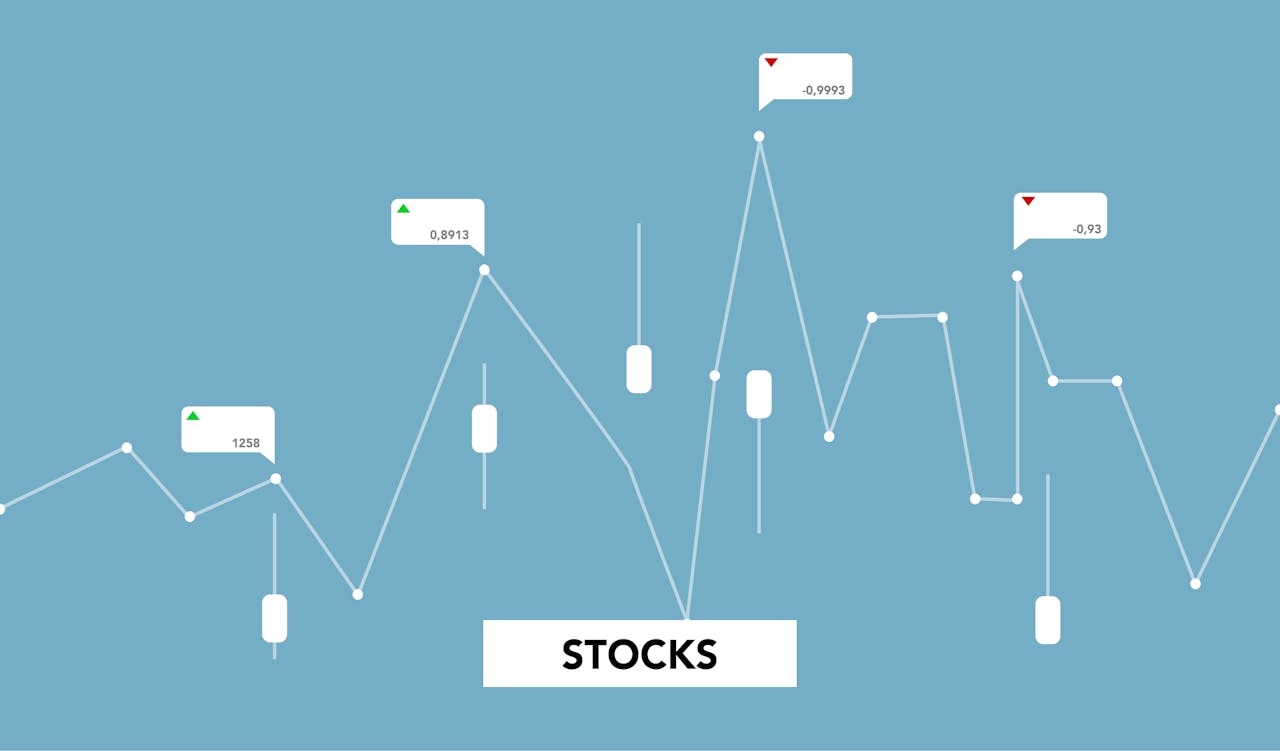In the world of investing, growth stocks and value stocks are two fundamental categories that can shape an investor’s portfolio. Understanding the differences between the two is crucial for any investor looking to maximize their returns and diversify their investment strategies. In this article, we’ll explore the characteristics of both growth and value stocks, how they differ, and the benefits of each. By the end, you should have a clearer understanding of which stock type may best suit your investment goals.
What Are Growth Stocks?
Growth stocks refer to shares in companies that are expected to grow at an above-average rate compared to other companies in the market. Typically, these companies reinvest their earnings back into the business rather than paying out dividends. This reinvestment allows them to fund new projects, research and development, or expand into new markets. As a result, growth stocks tend to have high price-to-earnings (P/E) ratios, reflecting investor optimism about future performance.
Investors in growth stocks are often looking for rapid expansion, which can lead to significant returns. However, it’s important to note that these stocks can also be more volatile. Growth companies may face challenges, such as increased competition or operational difficulties, which could negatively affect their stock prices. Despite these risks, growth stocks can offer significant upside potential for those willing to ride out the volatility.
Characteristics of Growth Stocks
Growth stocks share several common traits:
- High Earnings Potential: These companies are expected to see strong earnings growth in the future, often outperforming industry averages.
- Innovation and Expansion: Growth stocks typically belong to industries that are in their early stages of development or are undergoing significant changes. Companies like tech startups or biotechnology firms are often categorized as growth stocks.
- Higher Valuations: Growth stocks usually have higher price-to-earnings ratios, reflecting their future growth expectations. This means investors are often willing to pay a premium for these stocks.
- Minimal Dividends: Since growth companies prefer reinvesting profits into their business, they often do not pay dividends or provide minimal returns to shareholders in the form of payouts.
What Are Value Stocks?
On the other hand, value stocks are shares in companies that appear to be undervalued compared to their intrinsic value or earnings potential. These companies typically have stable financials, established business models, and a history of steady growth. Value stocks tend to be less volatile than growth stocks, making them attractive to more conservative investors.
Investors in value stocks look for opportunities where the market may have underestimated a company’s potential. They believe that the stock price will eventually rise to reflect the company’s true worth. Value stocks typically have lower price-to-earnings ratios, indicating that they are trading for less than their earnings would suggest.
Characteristics of Value Stocks
Value stocks also have distinct characteristics that set them apart from growth stocks:
- Undervalued: The key feature of value stocks is that they are priced lower than their intrinsic value. Investors perceive them as being a good bargain.
- Stable Earnings: Companies in this category tend to have more predictable and stable earnings. These businesses may operate in mature industries, such as utilities, consumer goods, and financial services.
- Regular Dividends: Many value stocks pay dividends to shareholders. These dividends can provide a steady income stream, which is attractive to long-term investors.
- Lower P/E Ratios: Value stocks generally have lower P/E ratios, signaling that they are trading for less relative to their earnings. This can indicate they are undervalued by the market.
Growth Stocks vs. Value Stocks: Key Differences
While both types of stocks present unique investment opportunities, there are clear differences between them. Below, we compare the two in terms of potential returns, risk, and investment strategies.
1. Potential for Returns
Growth stocks often have higher growth potential. Since they are expected to expand rapidly, their stock prices can rise significantly in a short period. However, these returns are not guaranteed. As mentioned, growth stocks can be volatile, and their value may fluctuate widely based on external factors, such as changes in the market or the company’s performance.
In contrast, value stocks may offer slower but more stable returns. Since they are undervalued, there is the potential for gradual price appreciation over time. For investors seeking more consistency and less risk, value stocks may be a better option.
2. Risk Level
Growth stocks come with higher risk. They are often from newer or rapidly growing industries that are prone to market disruptions. External shocks, such as economic downturns or technological shifts, can have a significant impact on the performance of growth stocks.
Value stocks are typically considered safer investments. They tend to be from well-established companies with stable earnings and a proven track record. While their growth potential might be limited compared to growth stocks, they usually provide a sense of security and are less affected by market volatility.
3. Investment Strategy
Investing in growth stocks typically requires a more aggressive approach. Investors are looking for companies that can provide substantial returns, but they must be prepared for the inherent risks that come with such investments.
On the other hand, investing in value stocks often involves a more conservative strategy. Investors focus on buying stocks that are undervalued, with the expectation that their prices will rise over time. Value investors generally look for bargains and aim to hold stocks for longer periods.
Which Is Right for You: Growth or Value?
Deciding between growth stocks and value stocks depends on your investment goals, risk tolerance, and time horizon. If you are a risk-tolerant investor looking for high growth potential and are prepared to weather volatility, growth stocks might be the right choice for you. However, if you are seeking more stability and lower risk, value stocks may be a better fit for your portfolio.
Many investors opt for a balanced approach by holding both growth and value stocks. This allows them to take advantage of the potential high returns from growth stocks while mitigating risks with the stability of value stocks.
Conclusion
Growth stocks and value stocks each have their own set of benefits and risks. Understanding the key differences between the two can help you make informed decisions about your investments. Growth stocks offer the potential for high returns but come with higher risk and volatility. Value stocks provide stability and the opportunity to invest in undervalued companies, but their growth potential may be more limited.
In the end, the choice between growth and value stocks depends on your individual investment strategy. Whether you opt for high-growth opportunities or value-driven stability, it’s important to conduct thorough research and carefully consider your financial goals before making any investment decisions. By diversifying your portfolio with both types of stocks, you can balance risk and reward, potentially achieving better long-term results.
Check out our Facebook or X accounts.
For more topics check here.



